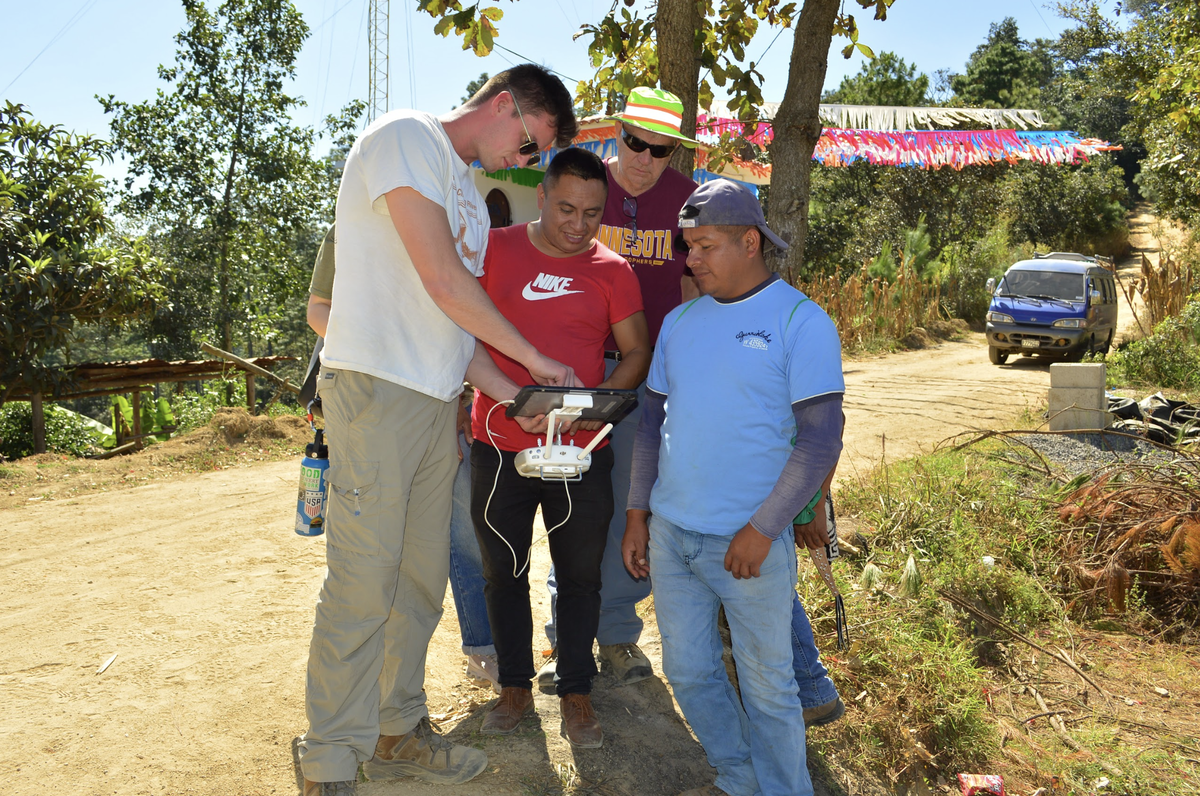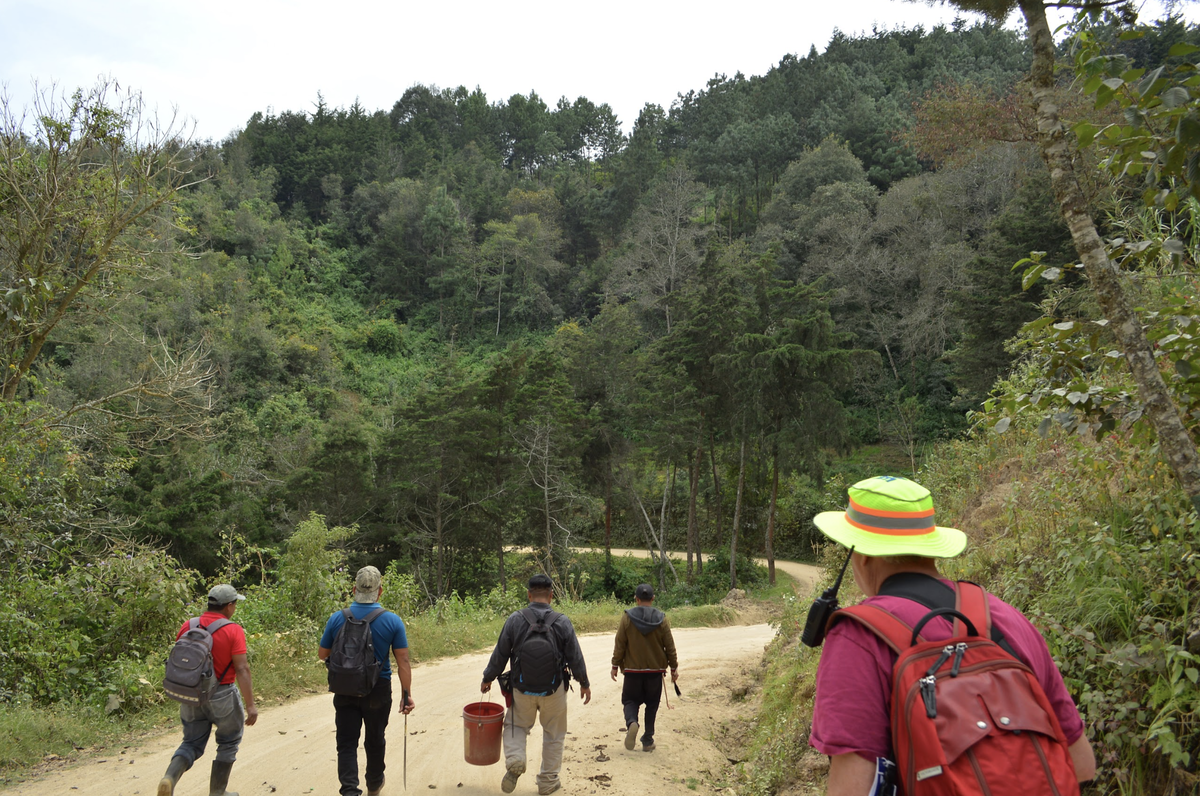Times: Thursdays 7:00-8:30pm, Bruininks Hall 131B
Objectives
The 3,500 community members of Simajhuleu in Comalapa, Guatemala routinely don’t have access to clean, drinking water. The community owns three freshwater springs that produce 80 liters of water per person per day, but the water distribution system that takes this water from the springs to the people ends up delivering less than a quarter of this water. Our chapter worked with the community in 2009 to install a rainwater harvesting system on top of the community school, but since then the community has grown significantly. This past summer, the community requested that we help expand and replace their existing water distribution system. During an assessment trip this January, our travel team found that their springs are producing enough water for the community and a mechanically drilled well will not be needed for the project. There are water quality issues that need to be addressed in addition to water quantity issues.
Subgroups
The subgroups this semester are Water Quality, Pipelines, AutoCAD, and ArcGIS Surveying. Our Water Quality subgroup is working on determining the chlorination needs for the community and strategies for protecting spring boxes from rainwater runoff. The Pipelines subgroup is working on creating an EPANet model of the existing water system. They will be one of the key design subgroups and will determine what water meters will be implemented in January 2025, as well as creating a procedure to detect and fix leaks in the system. The AutoCAD subgroup has been combined with the Pipelines subgroup for the first half of the semester and are now working on spring box designs in AutoCAD. They will be creating the plan sets that will be used for implementation. The ArcGIS Surveying subgroup has been central to making sure that we have an accurate understanding of the project both in terms of what the community needs and how the community and system as a whole are laid out. They have been working on our ArcGIS model of the community and going through the demographic surveys conducted in country to compile an overview of common needs and wants for the project. They standardized the house naming convention to simplify implementation and design. As we move into the next semester, our subgroups will likely remain similar to what they are currently.
Next Steps
The future goals of the Guatemala project are to create designs for new spring boxes, install water meters and water meter boxes, and to create a standardized procedure that will allow the community to independently troubleshoot their system. As always, our projects are focused on sustainability, and in this case, we are dedicated to teaching the community how they can detect leaks and effectively fix them. The primary issue identified during our assessment trip was that there are many leaks throughout the system, but the community doesn’t currently have a way to figure out where leaks are coming from. Our first implementation trip during winter break 2024-2025 will involve installing water meters at key valves in the system to identify where water is being lost when going to different sectors of the community. It will also include the installation of spring boxes and the addition of water meters at house tap stands.



